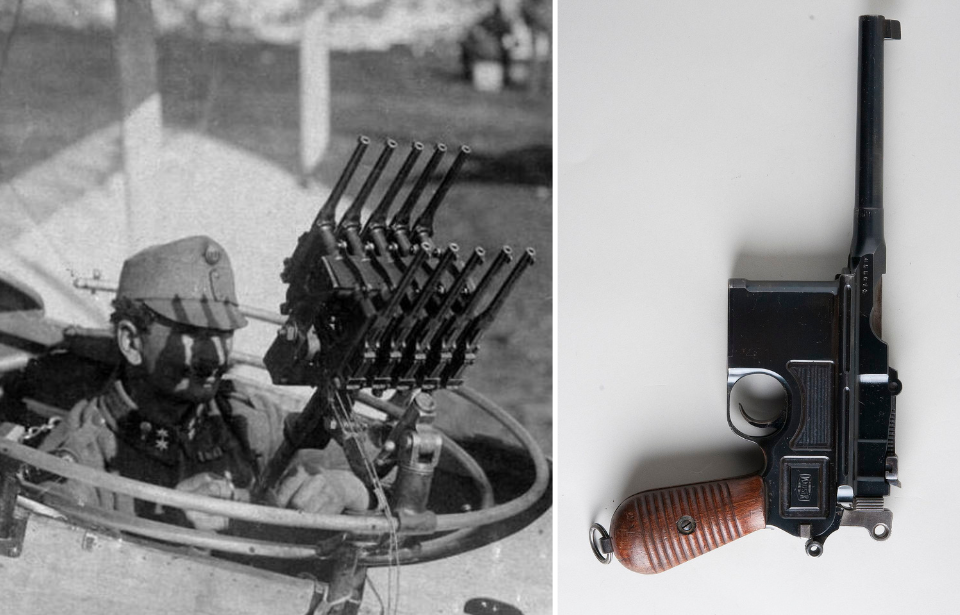The Mauser C96 is an iconic firearm that is one of three extremely famous pistols to come out of Germany, with the others being the Walther P38 and the Luger P08. Its highly unique design of a forward-mounted box magazine, powerful cartridge and optional stock blurs the lines between a pistol and a carbine rifle, making it particularly appealing to militaries around the world.
Overview of the Mauser C96
The Mauser C96 had excellent accuracy and range, as well as a high rate of fire and a fast reload. While no longer impressive by today’s standards, for its time it was a remarkable little weapon. As suggested by its designation, it was introduced in 1896 and was one of the earliest semi-automatic handguns.
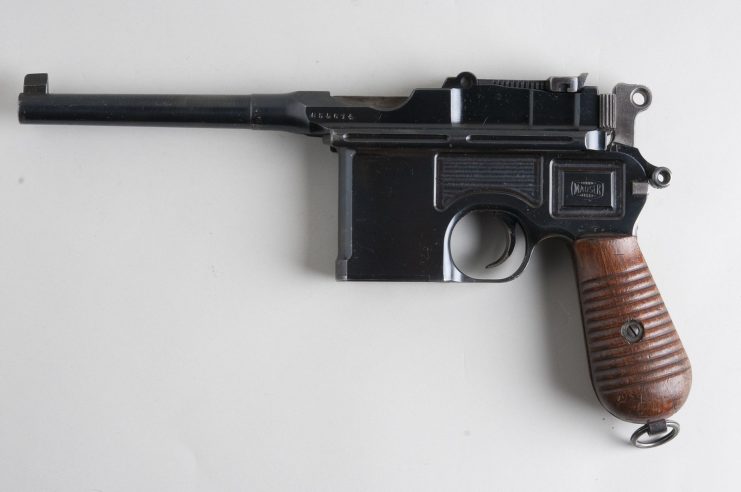
The 10-round box magazine in front of the trigger gave the C96 its distinctive shape and made it a much more practical weapon than other contemporary handguns at the time. It was loaded by 5-round stripper clips, a process that could be completed very quickly, especially compared to the common six-shot revolver.
It fired the 7.63×25MM Mauser round, a powerful cartridge that remained the highest-velocity round on the commercial market until the .357 Magnum. When combined with the C96’s 140CM-long barrel, it gave the weapon excellent accuracy and range. To improve its stability, the C96’s holster doubled as a detachable shoulder stock.
Some variants came with an enormous 240MM-long barrel, which improved its range even further. It was nicknamed the “Broomhandle” after its rounded wooden handle that resembled a wooden pole.
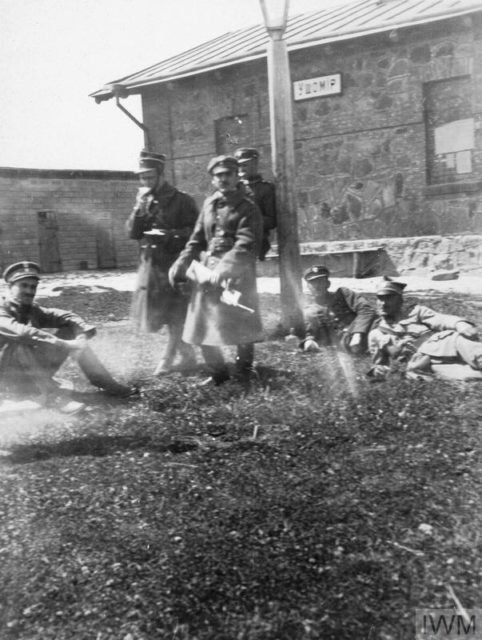
As mentioned, the C96 fired the 7.63x25MM Mauser round. However, like other firearms, numerous variants were developed to fire a number of different rounds. For example, Mauser produced a 9MM version of the C96 shortly before World War I.
Usage through World War I
When the Mauser C96 first entered service, the German military turned it down. Instead, the weapon saw incredible success on the export market. In particular, it was popular among British officers when they were able to purchase their own sidearms, with Mauser supplying it to Westley Richards for resale.
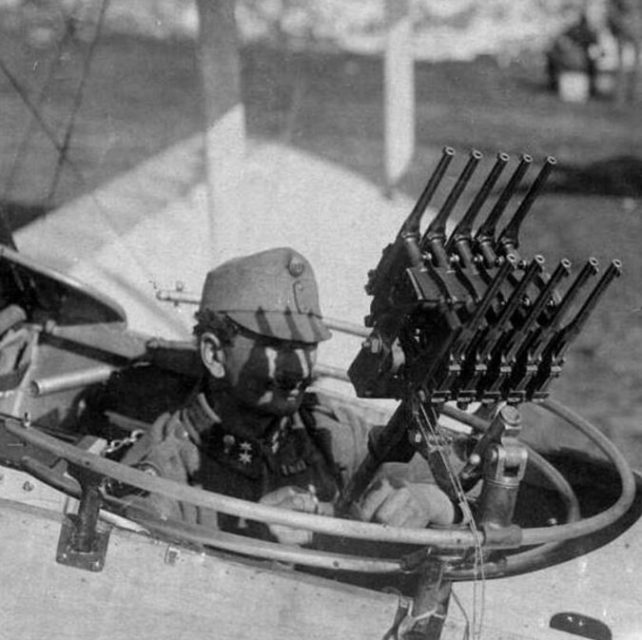
The C96’s combat debut was during the Boer War in South Africa, where its users enjoyed its practicality and dual close range and long range abilities. Even Winston Churchill was impressed with the C96, carrying one at the Battle of Omdurman and through the Second Boer War. Lawrence of Arabia even used one in the Middle East.
The weapon continued to see export success, with 70,000 being built by 1908.
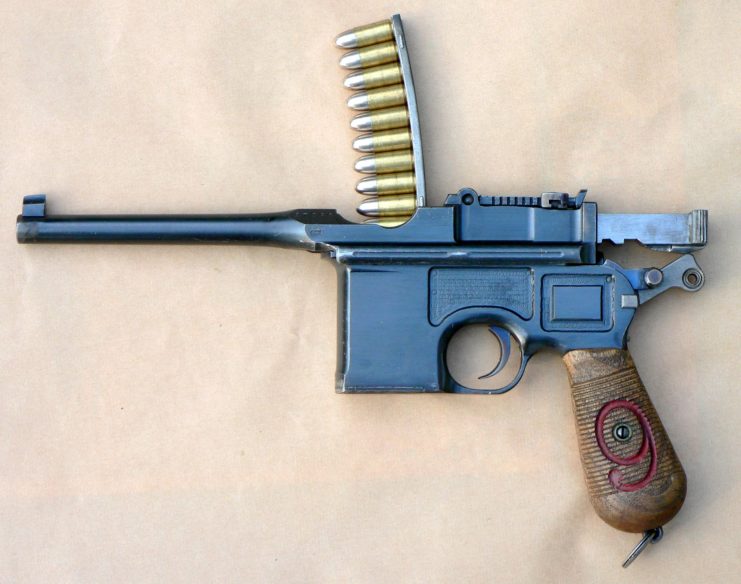
While the German military preferred the Luger, they were unable to produce enough of them to satisfy demand during WWI, forcing them to adopt the C96. These C96s were chambered in 9MM and known as the “Red 9” C96, as the number was burned into the grip and painted red. This was to prevent German troops loading the weapons with the traditional 7.63MM ammunition.
Many German officers actually preferred the handgun to the Luger and used it as their personal sidearm. On the flip side, by the start of the war, the C96 had lost its popularity with British servicemen.
Post-World War I usage and variant development
Development of the Mauser C96 continued after WWI, and it saw extensive use in Russia and China, the latter of which copied and produced the weapon themselves. Among the conflicts it was used in were the Spanish Civil War, the Estonian War of Independence, the Chinese Civil War and the Second Sino-Japanese War.
Mauser created the “Bolo” variant in the early 1920s. This type had a shorter barrel and smaller grips that reduced the weapon’s overall size. It was produced in large numbers, many of which were purchased by the Bolsheviks during the Russian Civil War, leading to its “Bolo” nickname.
During World War II, Germany used the C96 again, although it was mostly issued to second line troops.
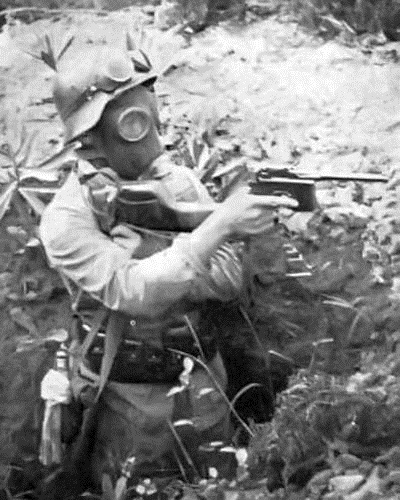
Out of its many versions, the fully automatic Schnellfeuer variant is probably the most well-known. The Schnellfeuer – meaning “rapid fire” – was a select-fire version with a detachable magazine produced by Mauser from 1932 to 1936. It could fire 900-to-1,000 rounds per minute and was an extremely potent weapon. Intended for export to China and South America, around 98,000 were built.
The total number of C96s built is staggering. Mauser alone built over one million, while unlicensed versions were built in China and Spain. The exact total built by the two is unknown, due to poor record-keeping.
